The world has gone mobile. Whether you’re looking at website traffic, tech sales data, or even just the table at your local college, the evidence is there. Laptops are more compact, easier to use, and generally just as powerful as their desktop counterparts. But there is one area where laptops don’t perform as well – heat dissipation.
When it comes to computer components, heat is their kryptonite. If they get too hot, your hardware has to slow them down to prevent damage. Laptop manufacturers have some pretty advanced cooling technology found inside their computers, but it’s not perfect.
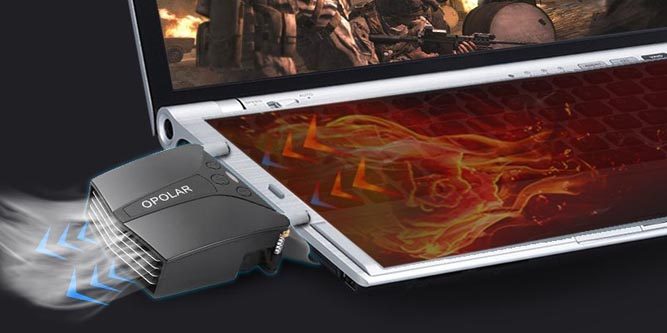
There are two main reasons why our computers don’t stay as cool as we’d like them to be. The first is space. There is only so much space inside a laptop case, so the fans are usually as small as possible. The second is sound. Everyone wants a quiet laptop, so manufacturers constantly sacrifice airflow for silence.
Laptop cooling pads have been on the market for quite some time, but they’re not the best you can get. Vacuum cooling fans work on a unique principal. By attaching to the air outlet, they are able to suck air through at a higher velocity than your stock cooling system. Some of these systems have boosted cooling performance by a significant margin. Is the difference noticeable to most consumers? How do you know if you would benefit from one? We decided to find out for ourselves.
IETS Laptop Cooling Fan
Having been in this industry for several years, IETS has produced several iterations of their laptop vacuum cooler. Historically speaking, they’ve often been one of the leading brands on the market. With their 6th generation cooler now available, we were curious to see how it improved from the previous model.
Fit
The most important thing with any cooling system is that the fan be firmly attached to the laptop. You want it to draw air exclusively through the vent, and not just from the area around the laptop. This is where the IETS really stands out. There are three different models, each with a slightly different thickness. You can choose from 0.75 inches, 0.875 inches, and 1 inch. This width should be matched with the thickness of your laptop. Extending from the side of the cooler is a large rubber sleeve that can be clamped onto the side of your laptop. When attached, it creates a perfect seal around the cooling port of your computer. This maximizes airflow, putting it ahead of many other vacuum coolers.
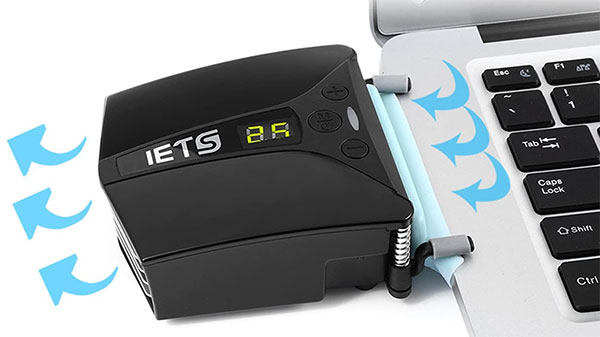
Another important thing about this clamping mechanism is that it is solid. You don’t have to have your laptop resting on a desk, you can lift it up and carry it around wherever you like. The rock-solid clamps allow it to follow along with you.
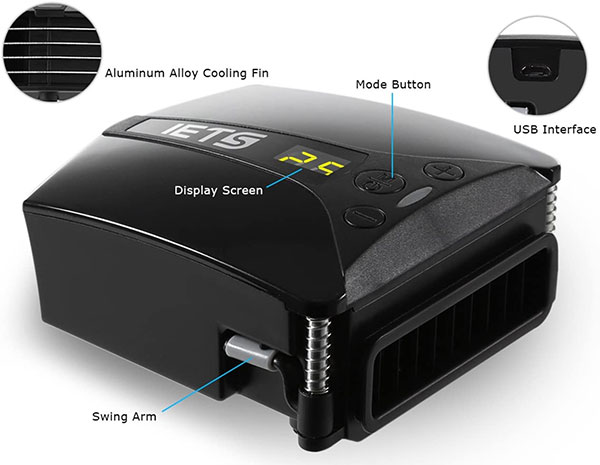
Air Flow
The only reason you would ever buy a vacuum cooler is because the fan inside is better than the one in your laptop. One of the main reasons we picked the LC06 is the fan itself. Manufactured in Japan, the bearings are built to a much higher standard than most. This means less noise, and long term reliability. It’s rated for over 5000 hours of use, allowing it to last much longer than most laptops themselves.
But the most impressive part of this fan is the variable airflow. You can choose from 13 different speed settings, allowing you to find the perfect balance between sound level and air flow.
The exact numbers will vary from one laptop to another, but this fan is definitely several times better than the one in our laptop. Most users won’t need to turn it up above 50%.

Cooling
How does it actually perform in the real world? We tried it on the largest laptop we had, a Dell M6600 with a i7 processor. This is a desktop replacement notebook, so it produces much more heat than your common laptop. Under load, we were sitting at 71 degrees with the stock cooler. One we slapped on this cooler, the temperatures dropped to 65 degrees. This temperature change can mean the difference between throttling and full clock speed, so this was a pretty impressive result.
Usability
Although keeping our computers cool is important, the last thing that any of us want is a fan so loud that we can’t hold a conversation. Anyone who’s worked in a server room before understands what we’re talking about. Fortunately, the Japanese fan is quite quiet. At max speed, it only produces 70dbm, not much more than your typical house fan. But for most users, the noise level will be much lower since you’ll be running it on a slower speed.
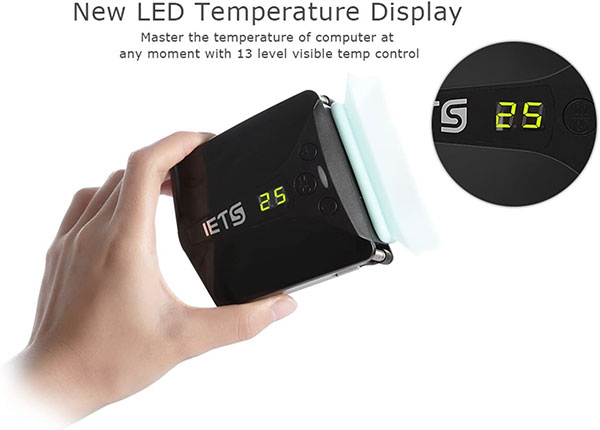
On the side of the cooler, there is a bright LED temperature display. This shows the heat of the air leaving your computer. It’s important to remember that this air will be cooler than your actual CPU temperature. When our CPU was at 60 degrees, the air was closer to 40. But once you get a feel for the temperature drop, you can quickly decide if you need to increase or decrease the fan speed.
KLIM (Innovative Cooling Design) Gaming Laptop Cooler
As an importer that sources their products from all around the world, KLIM knows how to take something good, and make it great. Their gaming laptop cooler is similar in design to the IETS mode, but there are a few unique features that make it ideal for gaming laptops.
Fit
It’s been proven that the sleeve style mount is the most effective on the market. What’s unique about the KLIM Gaming Laptop Cooler is that the sleeves are independent from the cooler itself. When you pick one up, you get a set of all three sleeves at once. You won’t have to measure your laptop, just test fit each sleeve and see what fits best.
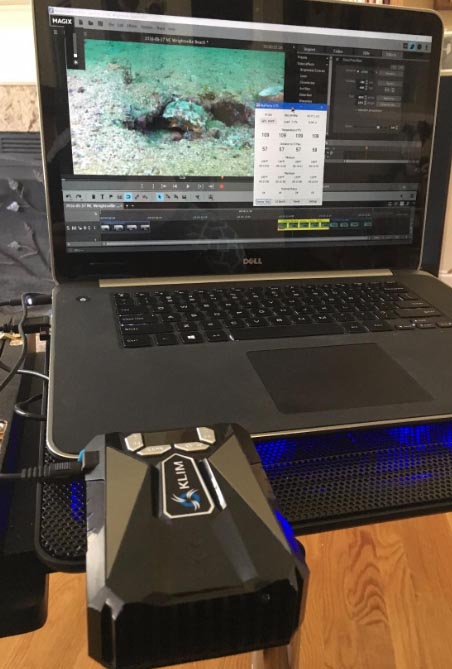
KLIM’s cooler is ideal for stationary laptops. Instead of using a clip-on bracket, it uses an included strip of 3M mounting tape to attach to the bottom of your laptop. The sleeve then fits over the port on the cooler, allowing it to clip into place.
The sleeve will stay on your computer at all times, but the cooler can be removed when you’re in portable mode. This design gives slightly better cooling performance, as fans always work better while on a flat surface.
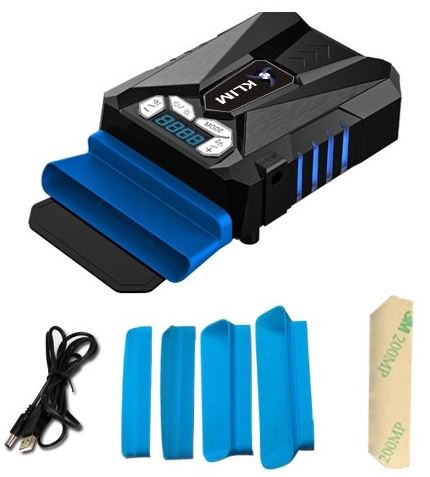
Air Flow
The fan on this laptop is a little more standardized, but much more adaptable. It’s a variable speed can capable of speeds from 1500 rpm, all the way up to 4200 rpm. This can be dynamically adjusted on a linear scale, to about a 10% accuracy. The hotter your computer gets, the faster the fan pulls air through the cooler.
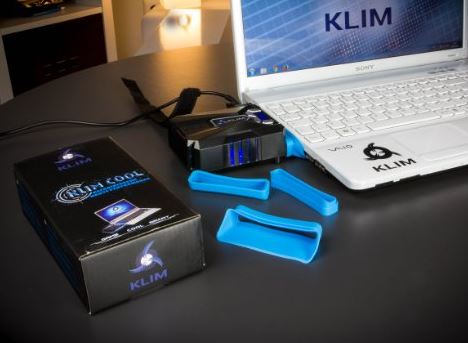
Cooling
As we expected, this cooler was one of the best performers we’ve tested. Some of this could be due to using it on a desk, since that is how it’s designed to be used. The same Dell M6600 dropped from 71 degrees down to 62. The one thing we noticed was that the hotter your computer gets, the better the fan works. This makes it ideal for anyone who is going to be asking a lot out of their computer. Gamers, video editors, and professionals who need the best performance possible should definitely consider this model.
Usability
For most users, this is going to be a “set it and forget it” system. Just plug in the cooler, hit the power button, and let it automatically adjust the fan speed as needed. If you like to get into the nuts and bolts of things, you can set the speed manually. There are also several different modes you can choose from. One option reduces the noise, keeping everything quiet. Others keep the laptop as cool as possible, regardless of the environment.
FixtureDisplays Laptop Vacuum Cooling Fan
Not everyone is running a massive gaming powerhouse on their lap. Some of us are just looking for a simple way to keep our laptops cool. This is where FixtureDisplays comes in. Although this cooler uses the same technology as others, it’s been simplified to focus on ease of use over performance.
Fit
On the FixtureDisplays Laptop Vacuum Cooling Fan, sleeve is nearly identical to the ones we’ve seen on the previous laptop cooler, although there is an extra size included. The slim sleeve is designed specifically for ultra-portable notebooks, like the Macbook.
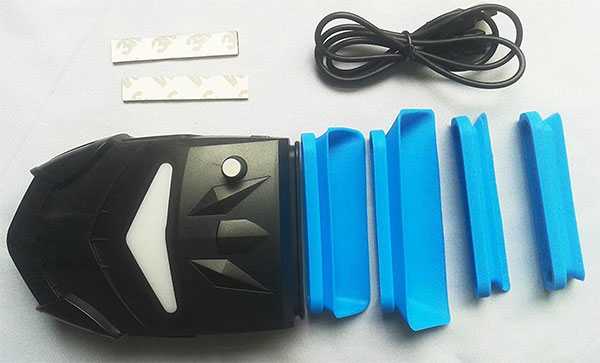
Air Flow
Inside of this cooler is a 75mm fan, which is a little larger than you’ll find inside most laptops. It puts out a pretty consistent 24 CFM, a noticeable improvement over most laptops. The grills are evenly spaced out, so there is lots of room for the air to travel through. This reduced restriction path allows a smaller fan to push air more easily, making efficient use of the airflow path.
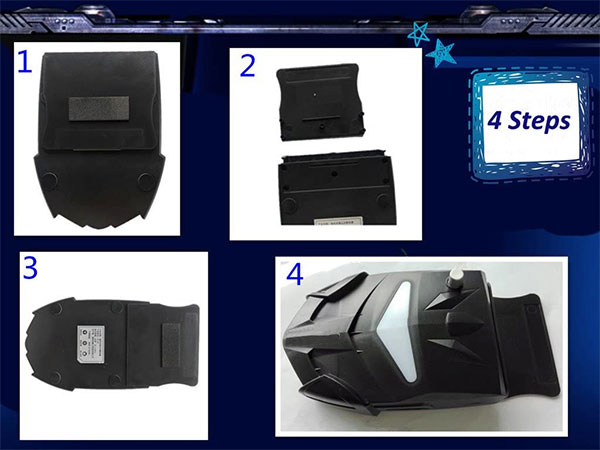
Cooling
Considering the compact size of this fan, we were impressed to see that it dropped our CPU temp on our huge laptop by a surprising 6 degrees! This is under full load, in an environment that this fan isn’t really designed to be used for. Just for comparison purposes, we decided to plug it in and let our laptop idle. When the external cooler is running slow, it’s almost silent. You can barely hear a thing. We can’t say the same for our built-in fan. This cooler will excel in an environment where you’ve got a more compact laptop, and the included fans just won’t cut it. It will give your system the extra boost it needs to really perform.
Usability
This cooler has a built-in temperature sensor, and an automatic speed control. There is nothing that you need to set or configure. Just attach it to your computer, plug it into the USB port, and let it do its work. Where simplicity is concerned, you won’t find anything better.
Which Laptop Vacuum Cooling Fan is Right for Me?
There are two factors to think about when selecting a cooling fan. You need to know what kind of laptop you have, and how you intend to use that laptop. Is it a large desktop replacement model? Or a compact one you take with you? Will you be using it on a desk, or on your lap?
If you want a cooling fan that you can use with a laptop while you’re away from the desk, the IETS Laptop Cooling Fan is the choice for you. It has a rigid clip that physically attaches to the laptop, so you don’t have to leave it stationary on a desk. It’s adaptable, so it can fit almost any size of laptop. And the built-in controls let you choose from a number of different settings, keeping your laptop running the way you want it to.
If you want the best cooling possible on a stationary laptop, the KLIM (Innovative Cooling Design) Gaming Laptop Cooler has everything you need. Designed specifically for gamers and workstation users, this cooler makes no compromises, even when put in challenging situations.
Value simplicity? The FixtureDisplays Laptop Vacuum Cooling Fan is as easy as it gets. Just attach it to the cooling port, plug it in, and let it do it’s magic. This cooler is the only model suitable for ultra-portable, although it can still be used with larger laptops as well.
Meet Ry, “TechGuru,” a 36-year-old technology enthusiast with a deep passion for tech innovations. With extensive experience, he specializes in gaming hardware and software, and has expertise in gadgets, custom PCs, and audio.
Besides writing about tech and reviewing new products, he enjoys traveling, hiking, and photography. Committed to keeping up with the latest industry trends, he aims to guide readers in making informed tech decisions.

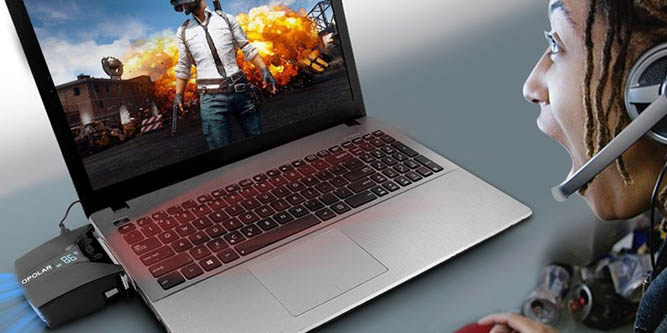
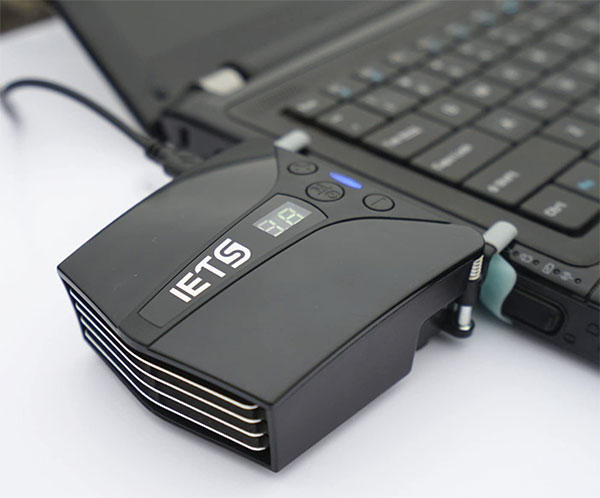
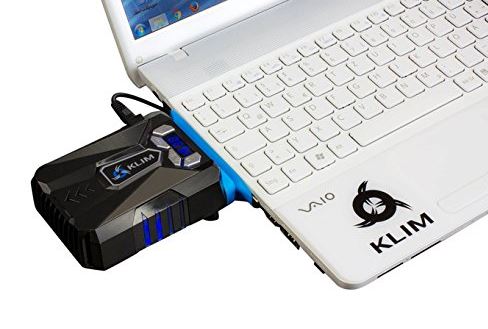
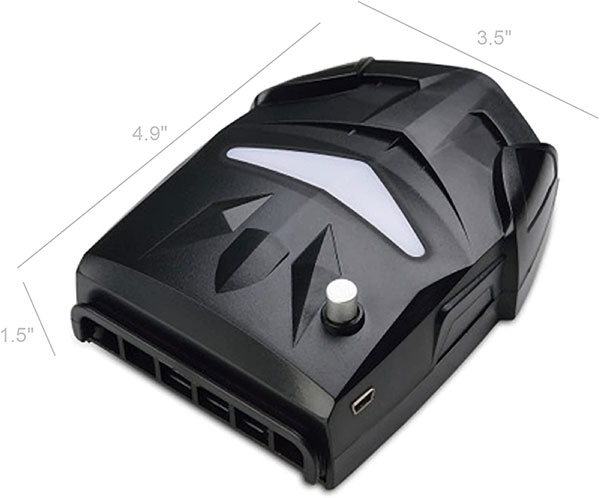
Excellent review, thank you very much! I was looking for a comparison of the Opolar and the Klim. They both seem to do the job pretty well, but if I understand your review correctly you think the Klim is slightly higher end (display, better automatic mode, and quieter)? Are they similar in terms of the actual cooling? Thanks in advance.
Awesome article. I have been using the Opolar LC05 for almost a year now and love it. I was checking to see which others there are available now, but i think i will just pickup another one for my wifes laptop. It makes a huge difference with my Dell XPS and isnt that loud.
Would any of these work on an Alienware 17R4?
Hello, I have a question. The exhaust of my Laptop is placed at the rear, between the body and the screen. I guess it’s at the hinge? Well, is there a vacuum cooling fan i can use for this type of laptop?
I’ve got the same question myself. If you check OPOLAR’S website, they specify not to use it with laptops with rear vents. I recommend contacting KLIM’S support so that they tell you whether they believe their product can help you or not.